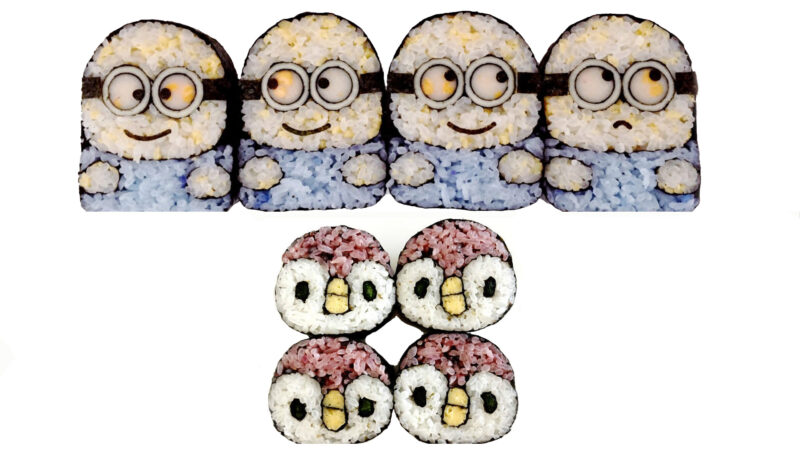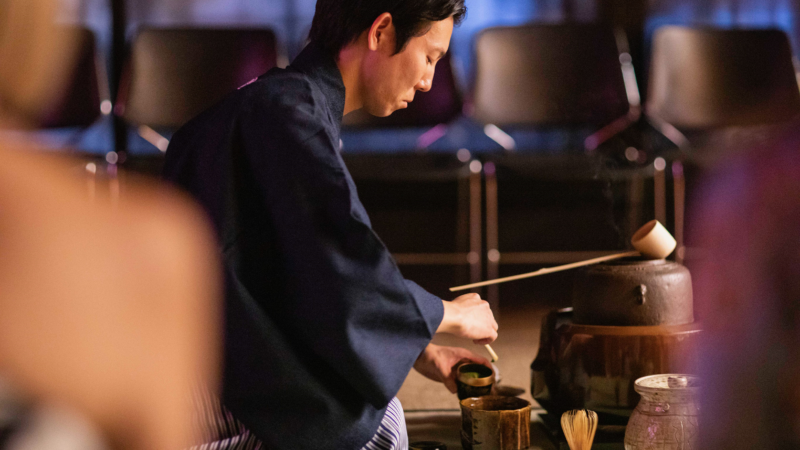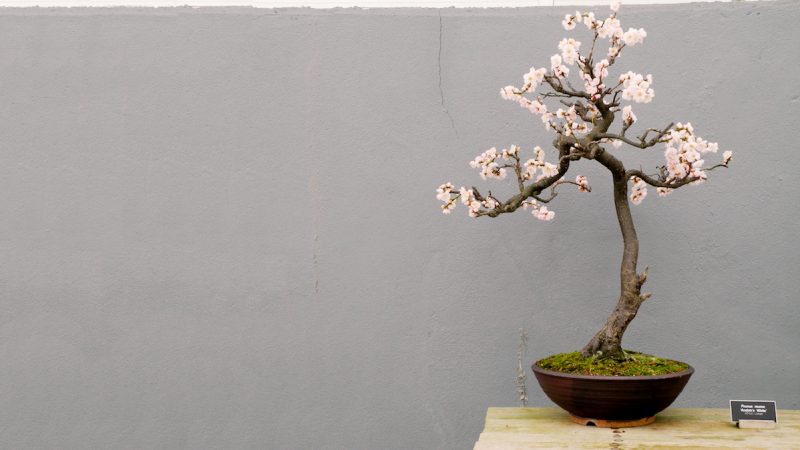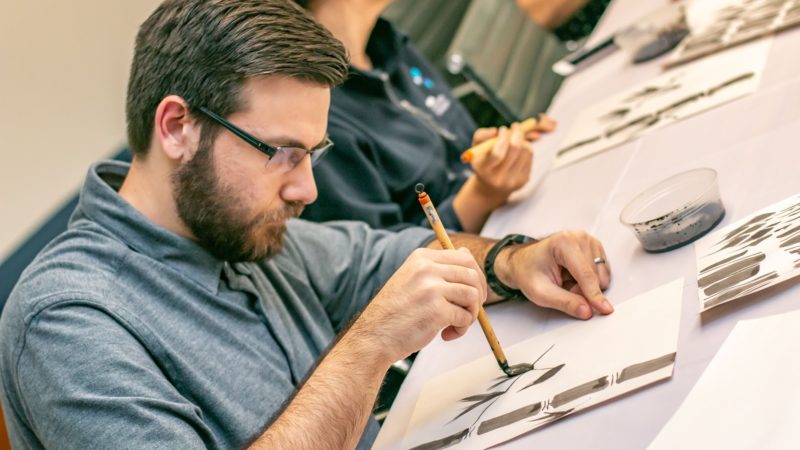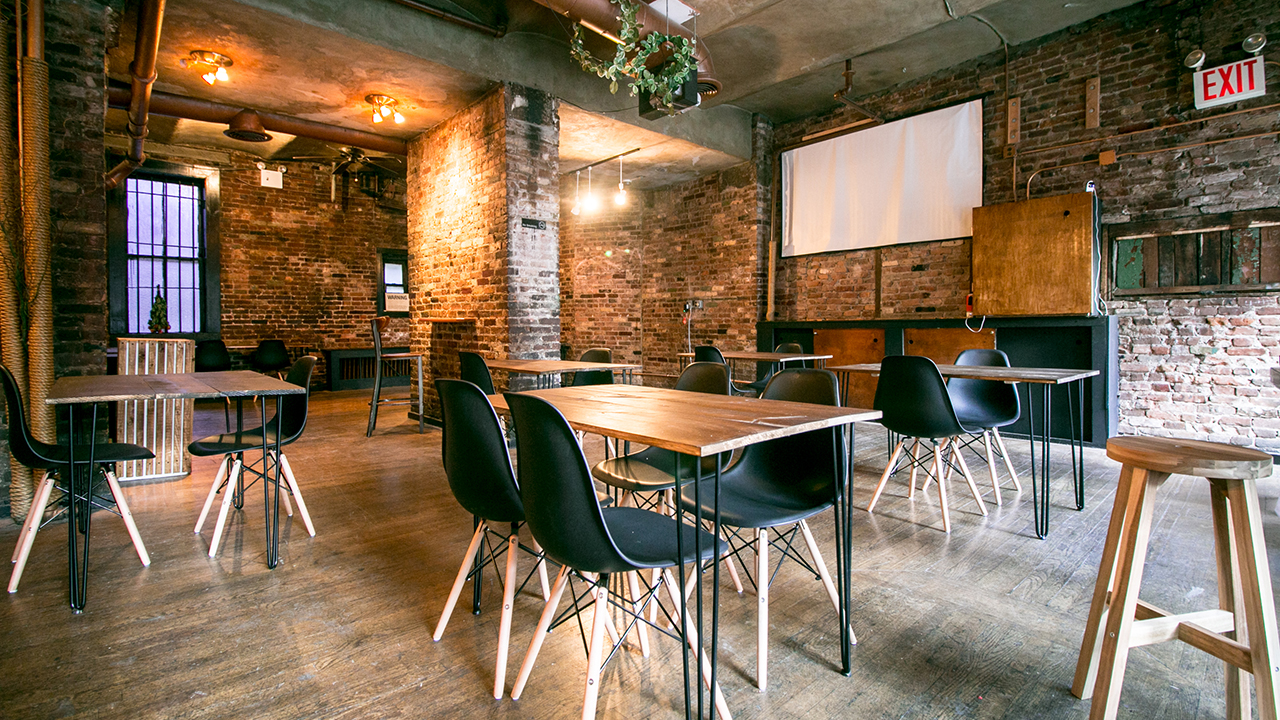Deborah Klens-Bigman, Ph.D. ◆ July 19, 2016

I had an acting teacher in college whom I’ll call by his initial – Dr. K. He was very intriguing – we heard that he was a working actor who spent his summers recording children’s records. I have no idea if this was really true, but I was sufficiently impressed to ask him to be my academic advisor. But it quickly became clear that, though he was a very good actor (we worked on a production together my junior year), he was an indifferent director. “Play the reality of it,” was his standard direction to student actors, so much so that we used to make fun of him for saying it so often. Also, we had no idea at all what he meant. Dr. K. did confusing, but daring work. He was cool, yes, but we were frustrated by him.
I have been thinking about Dr. K’s admonition recently; and the other night at okeiko I had a flash of insight as to what he meant, 40 years later. I was watching the students in the sword class go through the Omori set of Muso Shinden Ryu kata. The participants were at several different skill levels, from a very beginner, who faked her way through the unfamiliar parts of the set very well, to students with years of experience. There were certainly technical issues to address, but the overall feeling I got from watching the kata was: there was no there there. People’s practice encompassed varying levels of technical ability; I knew from teaching them that the more advanced students knew the bunkai (i.e. the “story” of the kata), but I couldn’t see it. No doubt people were tired, on a Thursday night. We all work – my week had been more crazy than it often is, too. One of my colleagues once remarked that watching iai kata is like watching paint dry – this particular evening I felt he was totally right.
I don’t mean this as a criticism in itself – Japanese sword work is an exacting skill that takes many years to learn. Beginning students in particular (and by “beginner,” I actually mean people who have studied for years, not months) are often completely absorbed in the technical aspects of practice. In fact, in its most basic form, the bunkai of the kata are primarily employed to safely teach the various techniques. We’re not talking theatre here, even though the parallels are fairly obvious. Yes, there’s a story (albeit a very brief one), but no character development, no “plot,” and no real emotional content. And (importantly) we are not acting. In fact, serious budoka dread any comparisons to martial artists in popular media (with good reason, but that’s another post). As my teacher, Otani Sensei used to say, what we do is real.
And yet. The bunkai are still there. When I was a very beginner, my old sempai used to insist that I “see the enemy,” my imaginary opponent in solo kata. I remember in particular one guy who sadistically kept me on my unpadded knees while I did the first cut of a kata over and over again while he claimed he could not see my intention. Finally, I mentally pictured cutting him down with my amateur attempt. “That’s it!” he exclaimed, and I was finally allowed to stand up. Indeed.
No matter how good kata gets on a technical level, without a sense of intention, the movements will never be alive. It is entirely possible to sleep walk through the movements, even with fairly decent timing. But something will still be missing. As one of my old teachers used to say, “If you are alive, then you must be lively.” Learn the bunkai. See your adversary. Focus your movement. Play the reality of it. Thanks, Dr. K.
